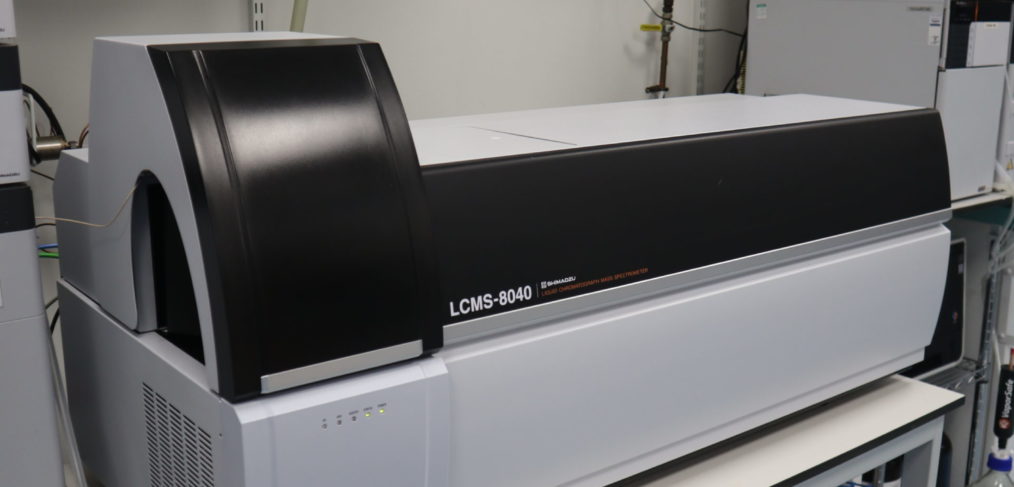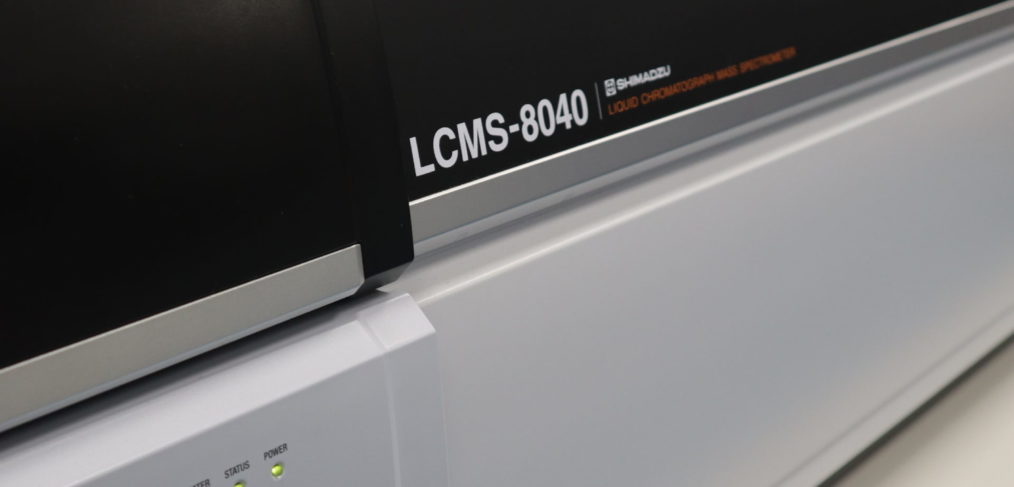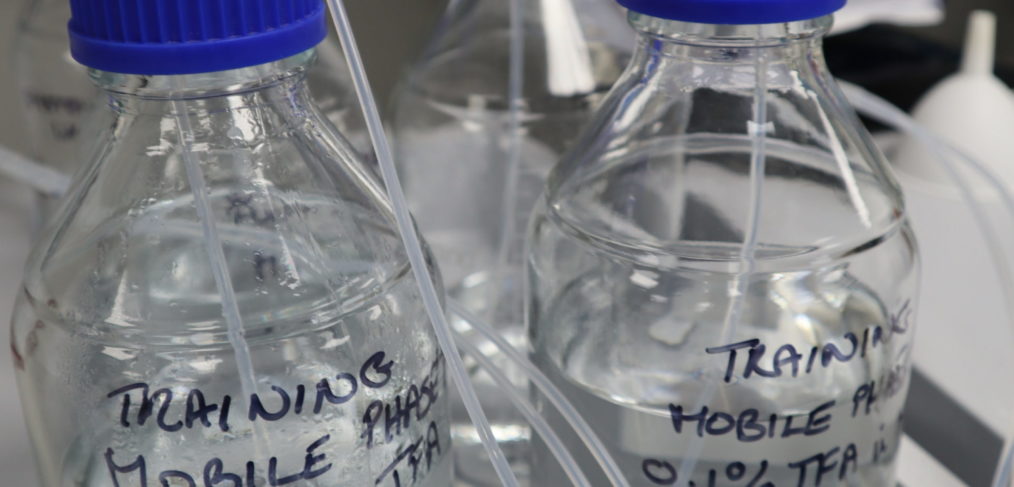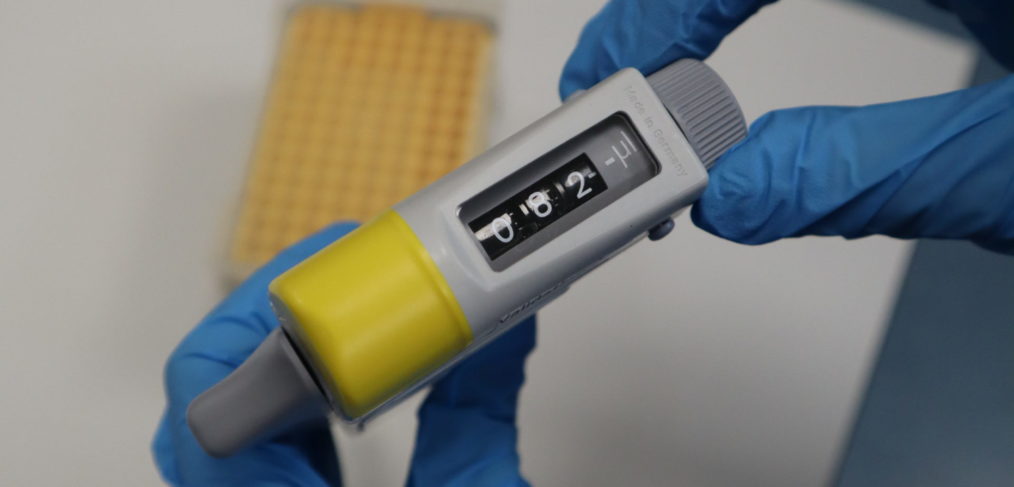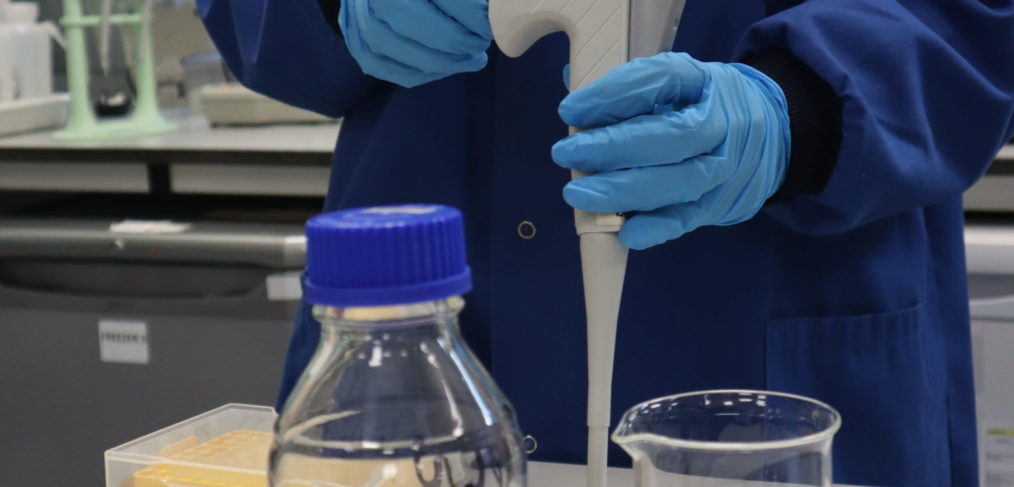The history of mass spectrometry dates back to 1968, when Wolfgang Paul developed the quadrupole mass analyser (1). Mass spectrometry is a technique for determining the mass-to-charge ratio (m/z) of one or more molecules in a sample. These measurements are frequently used to determine the exact molecular weight of sample components. Here are the top […]
According to national statistics published by the government, between April 2020 and March 2021, 275,896 adults came into contact with drug and alcohol services (1). Testing for drugs of abuse can be used to a) discover drug abuse; b) monitor someone who has a substance abuse problem; c) detect drug intoxication and d) determine the […]
In order to quantify and identify the compounds separated in the column, HPLC analysis requires a detector to monitor the compounds themselves. The sort of detector used depends on what is being detected. It’s crucial to think about the type of sample you’ll be analysing before choosing a detector. On some detectors, certain sample types […]
The quantitative determination of substances and their metabolites in biological fluids is known as bioanalysis. This technique is employed early in the drug development process to aid drug discovery programmes by providing information on the metabolic fate and pharmacokinetics of compounds in living cells and animals. Techniques used in bioanalysis: Chromatographic techniques: HPLC (high performance […]
We recently came across this very interesting article about calibration curve standards, published at Restek by Dr. Landon Wiest. At the Bio-Analysis Centre, preparing calibration curves are part of our work. Thus, we would like to share this article which reveals important tips on how to do it and avoid errors. The first step to […]
When it comes to pipetting, like with most scientific procedures, precision is essential. A minor error can have a significant impact on your results. In this post, we will share 8 tips that will help you improve your pipetting skills. Pre-wet the pipette tip Before aspirating for delivery, aspirate and totally expel a quantity of […]
High-performance liquid chromatography (HPLC) (Fig.1) is a chromatographic technique that is used to separate a mixture of substances in order to identify, measure, or purify the individual components of the mixture. How does HPLC work? The sample combination to be separated and evaluated is placed into a stream of mobile phase percolating through a column […]
Drug discovery/development covers different stages until a compound is proven to be effective and safe to use. A new drug’s route from original discovery to the marketplace takes at least ten years, with clinical trials alone requiring six to seven years on average. Each successful medicine is anticipated to cost $2.6 billion in research and […]
Laboratory technicians are the “behind-the-scenes” professionals, who perform tests and experiments for research or diagnostic purposes. They help researchers and doctors reach conclusions and provide a better service/treatment for patients, respectively. To be a successful laboratory technician, certain skills are fundamental to get accurate and reliable results. Essential laboratory skills Attention to detail You must be […]
We are very proud of the academic work we undertake, and we have been assigned authorship on the following articles by our academic collaborators: C-Type Natriuretic Peptide (CNP) Inhibition of Interferon-γ-Mediated Gene Expression in Human Endothelial Cells In Vitro (click here to read article) Detection of equine atypical myopathy-associated hypoglycin A in plant […]

